Sick returned travellers.


Most likely S.Flexneri or S.dysenteria. Produces both exo and endotoxins. Treatment is supportive with antibiotics in more severe cases (First line is Ciprofloxacin or Azithromycin). S.dysenteria can also causes HUS (Haemolytic Uremic Syndrome).

Severe reactions occur in about 1 in 10000 but milder psychiatric effects are much more common. Skin photosensitivity and esophagitis can occur with Doxycycline.
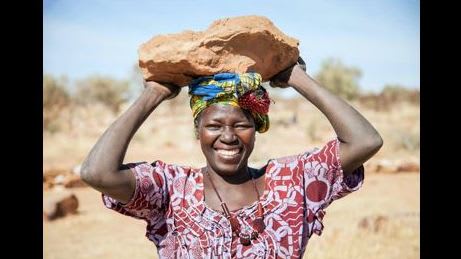
Classically with typhoid you get fatigue, fever with relative bradycardia, constipation or diarrhoea, abdominal pain, cough and conjunctivitis. Usually no lymphadenopathy. A blanching macular rash on the trunk often occurs (Rose spots). Symptoms occur 1-3wks after exposure. Treatment is supportive with Ciprofloxacin if from an area without resistance.
Should have had your typhoid vaccine.
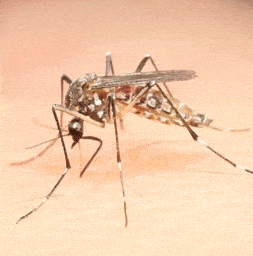
The acute febrile illness usually lasts 2-7 days. 4 serotypes. A small percentage of people get DHH (Dengue Haemorrhagic fever) which can progess to DSS (Dengue Shock Syndrome).
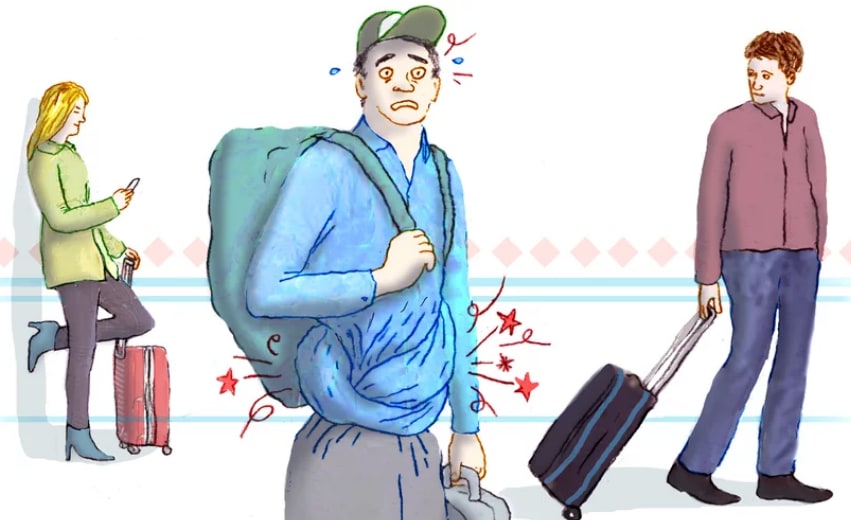
Between 30 to 50% of travellers on a 2 week holiday will get diarrhoea (even higher in Central America) with 12% presenting after getting home. Travellers diarrhoea generally lasts 3 to 4 days. Generally supportive treatment is sufficient.

It sounds like Giardia. A single dose of 4 times 500mg Tinidazole orally used to be recommended but Tinidazole was discontinued in Australia in 2020. So Metronidazole it is. Cute photo of Giardia earrings.
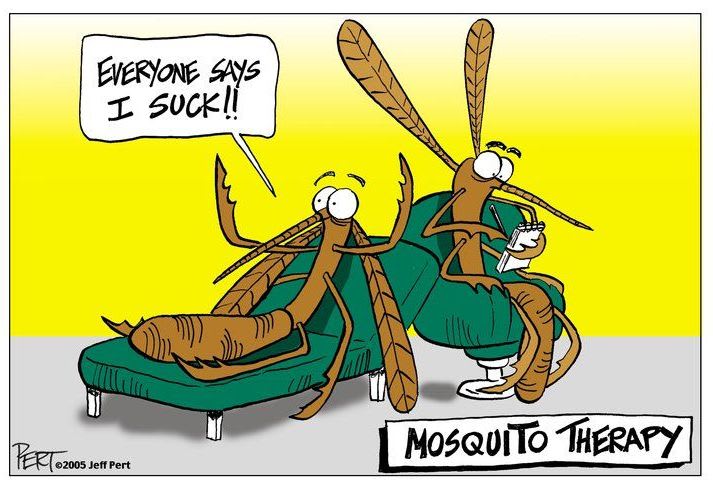
It is where there is massive intravascular haemolysis and the urine turns dark from haemoglobinuria. My maternal grandmother died of this after contracting malaria in Singapore.

Onset is 2 to 14 days after the bite with an infected mosquito so it could be seen in a returned traveller. The disease is somewhat similar to Dengue and usually lasts less than a week. You are considered immune after a single infection and no vaccine is available. The word comes from the Maconde language (border of Tanzania and Mozambique) and means " that which bends up".

Leptospirosis is a zoonotic disease caused by the Leptospira bacteria. The Leptospira concentrate in the kidneys of infected animals. Transmission to humans is either due to direct contact with infected animals or more commonly contact with soil or fresh water urinated on by infected animals. The hinterland above Cairns is where the greatest number of Australian cases have been reported. World wide > 500,000 cases/ yr are reported.
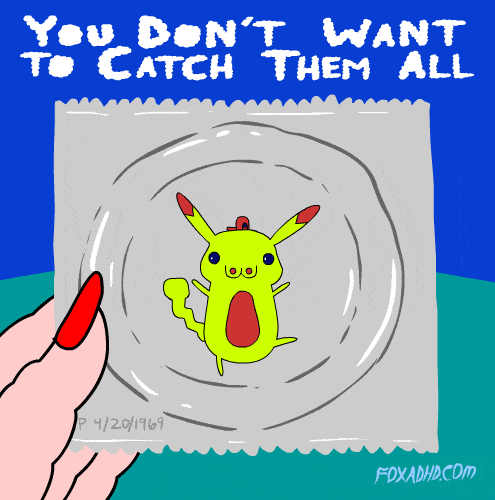
Gonococcal urethritis is also common---but it really is not a competition. Stay safe when travelling.